Yuqin Lin
Monolingual Recognizers Fusion for Code-switching Speech Recognition
Nov 02, 2022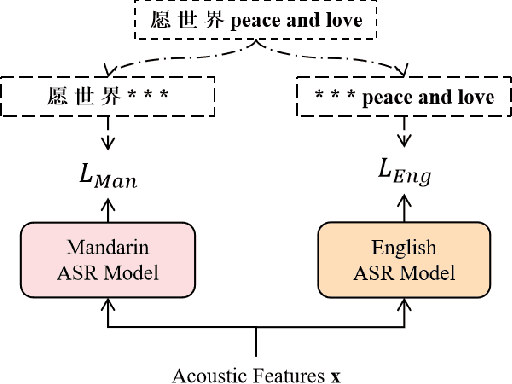
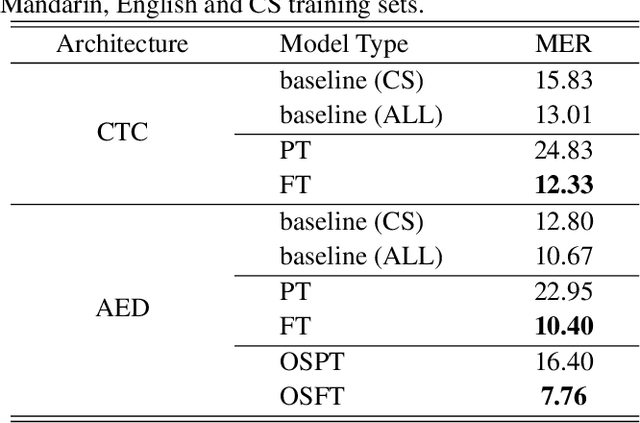
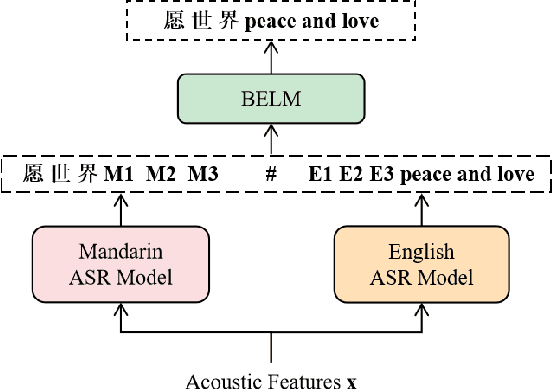

Abstract:The bi-encoder structure has been intensively investigated in code-switching (CS) automatic speech recognition (ASR). However, most existing methods require the structures of two monolingual ASR models (MAMs) should be the same and only use the encoder of MAMs. This leads to the problem that pre-trained MAMs cannot be timely and fully used for CS ASR. In this paper, we propose a monolingual recognizers fusion method for CS ASR. It has two stages: the speech awareness (SA) stage and the language fusion (LF) stage. In the SA stage, acoustic features are mapped to two language-specific predictions by two independent MAMs. To keep the MAMs focused on their own language, we further extend the language-aware training strategy for the MAMs. In the LF stage, the BELM fuses two language-specific predictions to get the final prediction. Moreover, we propose a text simulation strategy to simplify the training process of the BELM and reduce reliance on CS data. Experiments on a Mandarin-English corpus show the efficiency of the proposed method. The mix error rate is significantly reduced on the test set after using open-source pre-trained MAMs.
Language-specific Characteristic Assistance for Code-switching Speech Recognition
Jul 05, 2022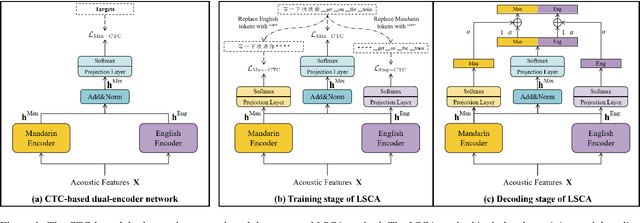
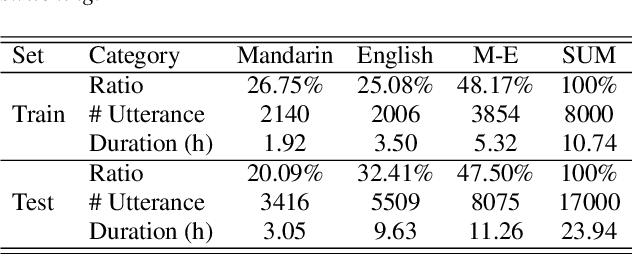

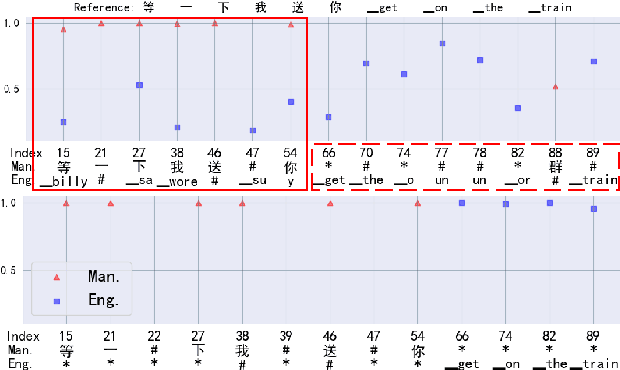
Abstract:Dual-encoder structure successfully utilizes two language-specific encoders (LSEs) for code-switching speech recognition. Because LSEs are initialized by two pre-trained language-specific models (LSMs), the dual-encoder structure can exploit sufficient monolingual data and capture the individual language attributes. However, existing methods have no language constraints on LSEs and underutilize language-specific knowledge of LSMs. In this paper, we propose a language-specific characteristic assistance (LSCA) method to mitigate the above problems. Specifically, during training, we introduce two language-specific losses as language constraints and generate corresponding language-specific targets for them. During decoding, we take the decoding abilities of LSMs into account by combining the output probabilities of two LSMs and the mixture model to obtain the final predictions. Experiments show that either the training or decoding method of LSCA can improve the model's performance. Furthermore, the best result can obtain up to 15.4% relative error reduction on the code-switching test set by combining the training and decoding methods of LSCA. Moreover, the system can process code-switching speech recognition tasks well without extra shared parameters or even retraining based on two pre-trained LSMs by using our method.
 Add to Chrome
Add to Chrome Add to Firefox
Add to Firefox Add to Edge
Add to Edge